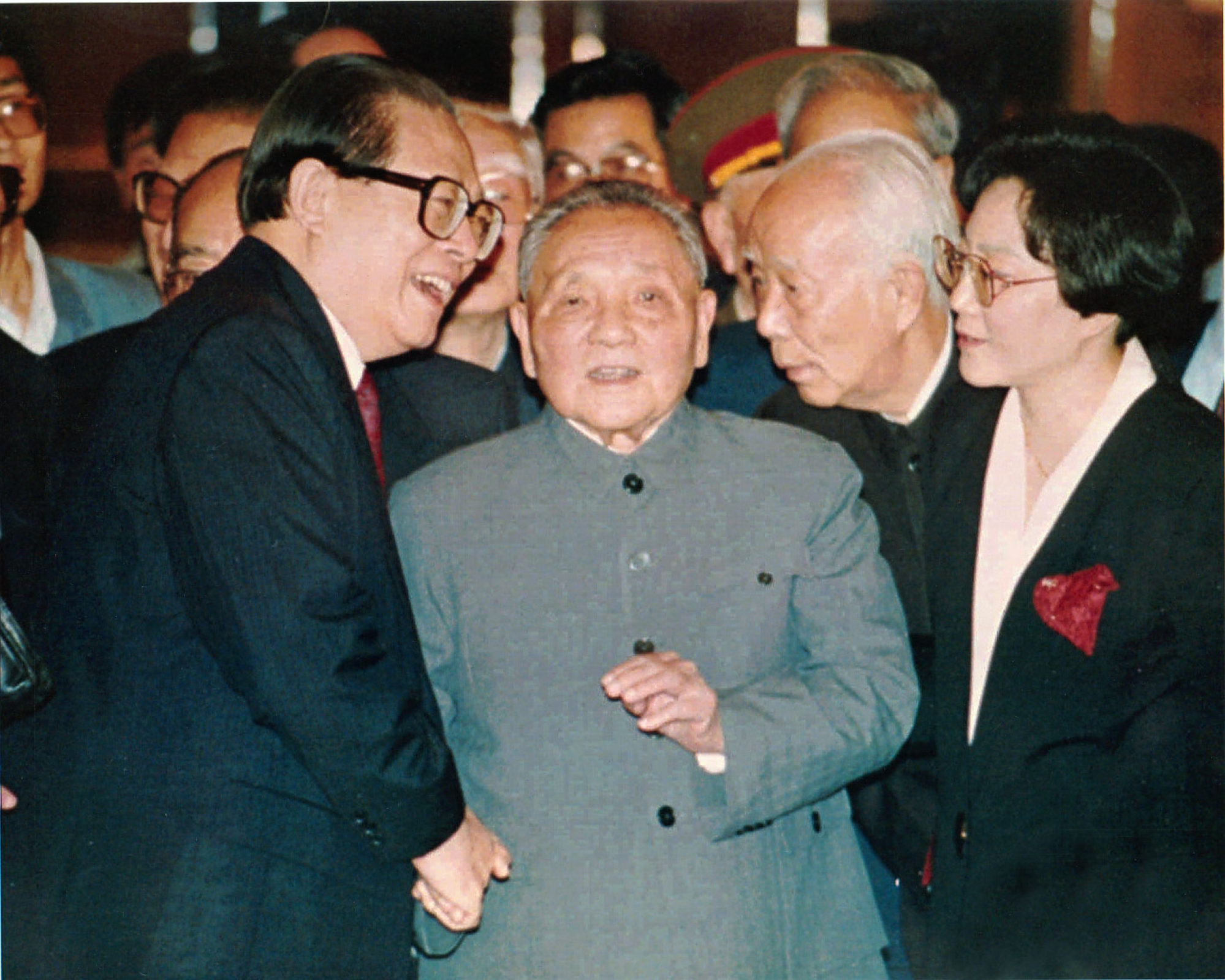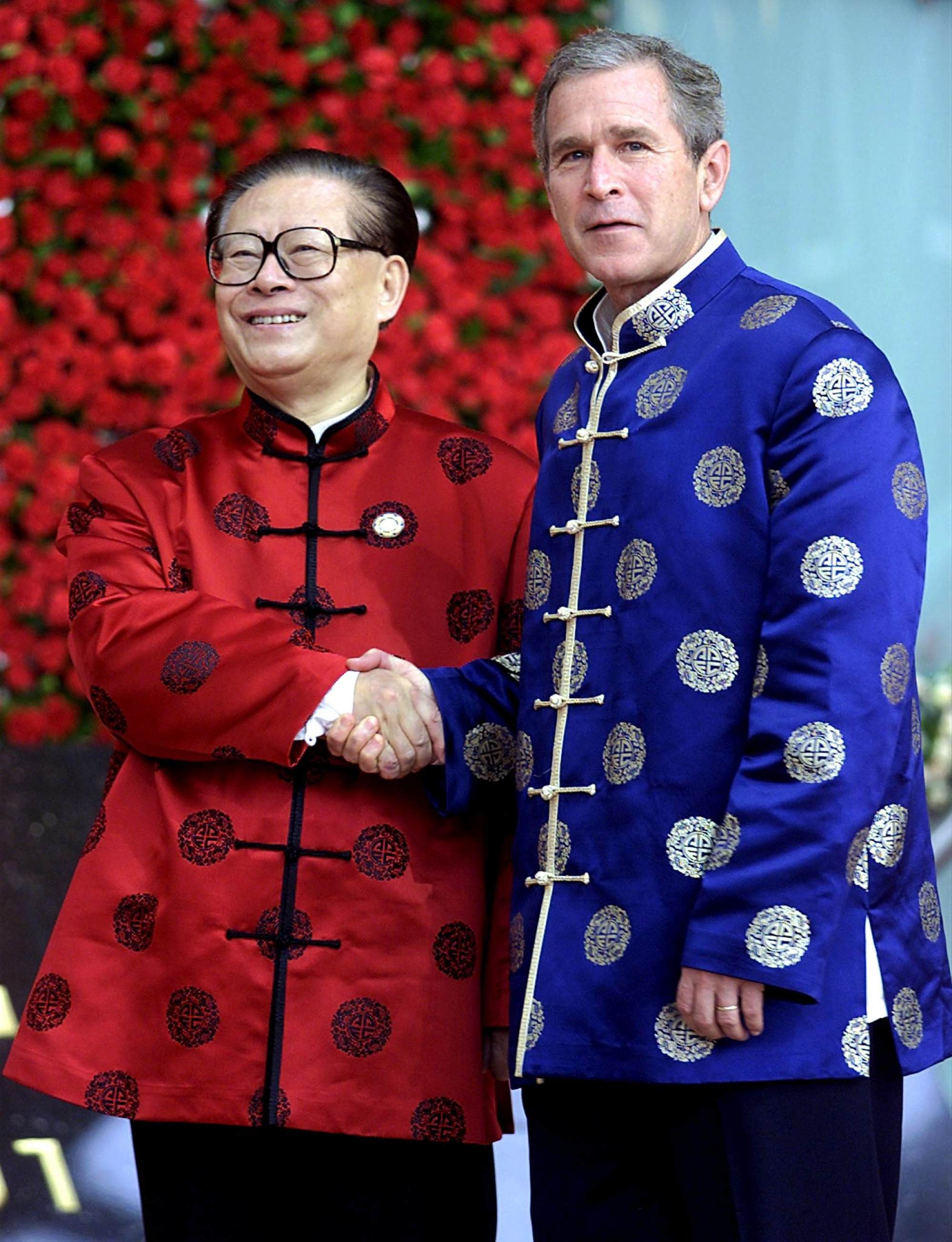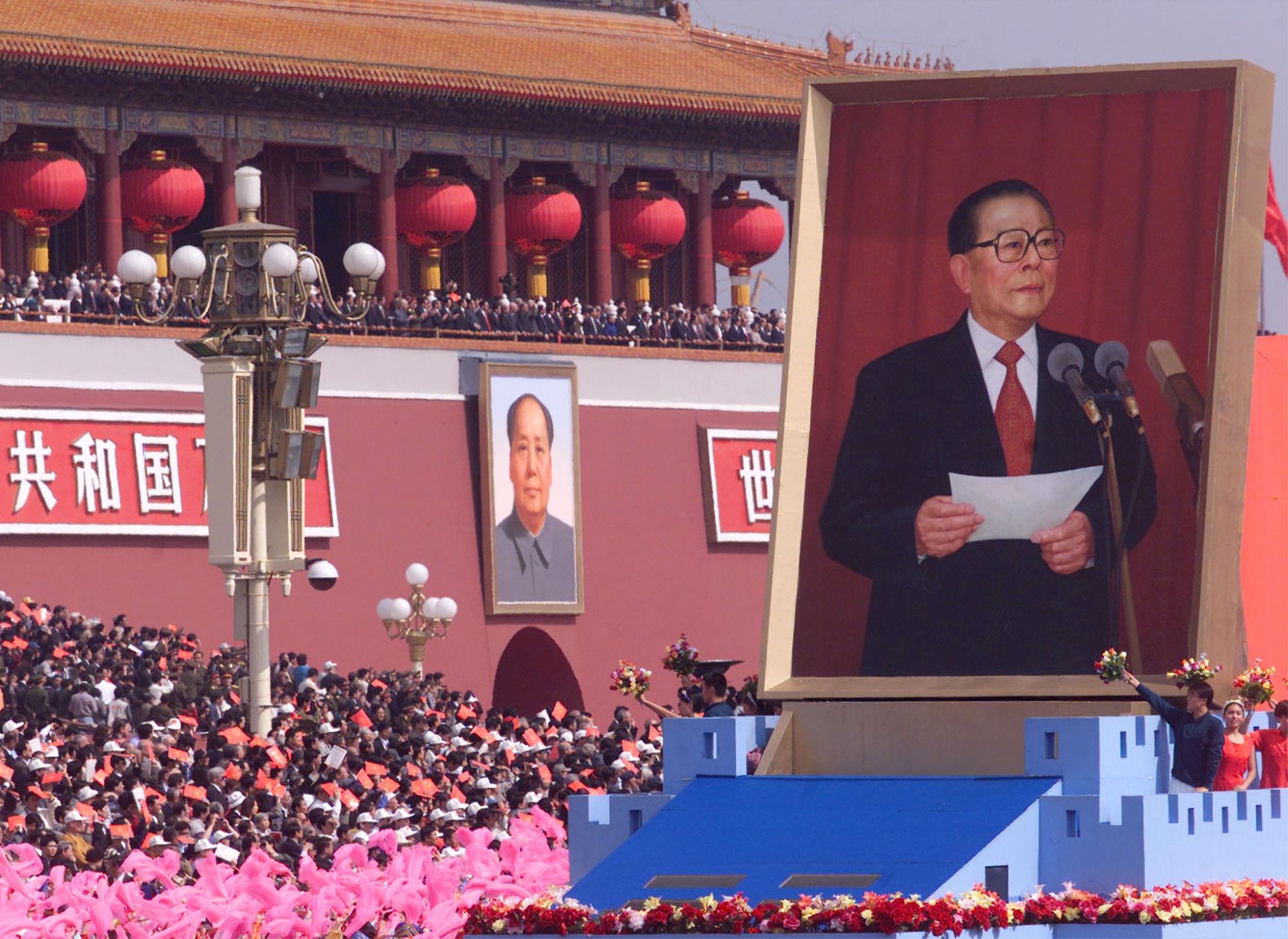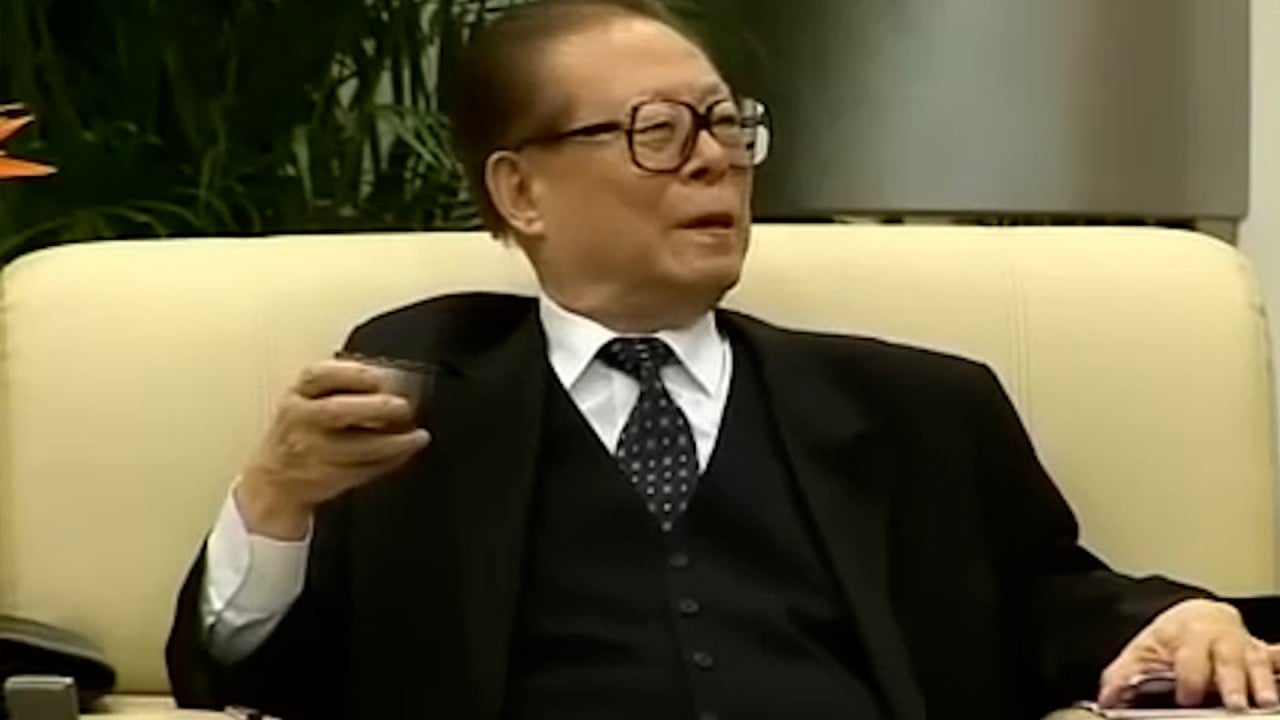
China, US and the Jiang Zemin reset: how former Cold War rivals found a decade of unsteady calm after Tiananmen
- Jiang Zemin and Bill Clinton met in Seattle in 1993, when an ostracised China was ‘in great difficulties’ following the Tiananmen crackdown
- So began Jiang’s eventful steering of bilateral ties, the high points of which were China’s entry to the WTO and hosting of the 2008 Olympics
China was “in great difficulties” back then, hit by US-led sanctions and diplomatic isolation following the events of June 1989, former foreign minister Li Zhaoxing recalled later.
Although that meeting – the first top-level US-China exchange since June 1989 – yielded few tangible results, Clinton said the talks were “very productive” and that the US was “reluctant to isolate a country as big as China”, while Jiang praised their direct engagement as being “of great significance in itself”.

It was Jiang’s most high-profile appearance on the world stage since taking office soon after the Tiananmen crackdown. But it also posed a big test for the Chinese leader, following Clinton’s decision that May to make China’s “most favoured nation” trade status contingent upon improvements in its human rights record.
For many, the Seattle trip marked the beginning of a decade-long unsteady rapprochement between the former Cold War rivals under the watch of Jiang, who died on Wednesday aged 96.
“As China’s relations with the US and the Western world were at an all-time low, Jiang’s landmark trip to the Apec summit in Seattle offered the most important opportunity for Beijing and Washington to mend ties after 1989,” said Pang Zhongying, a professor of international affairs at Sichuan University.
“It also marked the onset of Jiang’s colourful experience in steering bilateral ties through ups and downs.”
Jiang Zemin: the president who took China from Tiananmen pariah to rising power
Initially viewed as a transitional figure when he was hand-picked by the late paramount leader Deng Xiaoping to replace the disgraced Zhao Ziyang, Jiang cemented his place in history by raising China’s profile as a global power and leading its historic integration into the global economy.
However, his grandiose style and over-the-top showmanship – and most notably the stalled political reform and suppression of the Falun Gong spiritual movement during his tenure – made him an easy target for public mockery.
It took Jiang many years to emerge from Deng’s “tutelage and shadow”, according to S. Mahmud Ali, an international relations expert at the University of Malaya’s Institute of China Studies.

“He inherited two decades of tacit anti-Soviet alliance with the US, but the [Tiananmen] crackdown’s bitter aftermath, US sanctions, and the steady rise of the US into systemic primacy – or ‘world leadership’ – estranged the two powers,” Ali said.
“Jiang’s role was to manage the transition from covert strategic partnership to ‘equidistance’ and the assertion of China’s strategic autonomy, a very complex process given the post-Soviet system’s dynamic evolution.”
While the US held off on boycotting the 4th UN World Conference on Women held in Beijing in 1995, Clinton’s decision the same year to allow then Taiwanese president Lee Teng-hui to make a rare visit to the US set off the third Taiwan Strait crisis, sparking fears of war.
How snubbing one-China almost led Beijing, US into war in the 1990s
Beijing strongly condemned Lee’s trip, the only non-transit visit to the US by a sitting Taiwanese president since 1979, recalled its ambassador to Washington, and fired surface-to-surface missiles into the seas around Taiwan, prompting the Clinton administration to send two aircraft carrier strike groups to the region.
In an effort to stabilise relations, Clinton later helped pave the way for Beijing’s accession to the WTO in 2001 and agreed to confirm the Chinese-inspired “three noes” policy on Taiwan, during a trip to Shanghai in 1998.
The three noes were that the US would not support Taiwanese independence; any solution that created “two Chinas” – or one China and one Taiwan; or Taiwan’s admission to international organisations, such as the United Nations.
Despite Jiang’s much talked about bonhomie, personal charms and “penchant for quoting poetry”, he was largely seen as standing firm against the US and the West, according to observers.
For the first few days of the ensuing 11-day stand-off, Jiang again refused to take calls from his then US counterpart, George W. Bush.

But a turning point in bilateral ties followed the September 11 terror attacks the same year, when the US turned to China for support on its war on terror.
With Jiang then at the height of his power, Bush led a huge delegation to the 2001 Apec summit in Shanghai that October to personally seek his cooperation.
The year was officially described by Beijing as ushering in “a period of strategic opportunity”, with the US preoccupied with its war in the Middle East and its sometimes hardline stance on China put on hold for a decade.

Andy Mok, senior research fellow at the Centre for China and Globalisation, a non-governmental think tank in Beijing, said China’s top priority during Jiang’s era was establishing a path to prosperity through its massive, diligent, skilled and cheap labour force.
“And accession to the WTO, which was achieved in 2001, was crucial for its success. As such, direct responses to attacks such as the US bombing of the Chinese embassy in 1999 and the 1996 Taiwan crisis had to be minimised for the greater long-term good,” Mok said.
“I think Jiang oversaw the best period in US-China ties, which laid the groundwork for his successors. But it’s premature to write about his legacy [as much of his efforts and accomplishments come under attack],” said Pang at Sichuan University.



